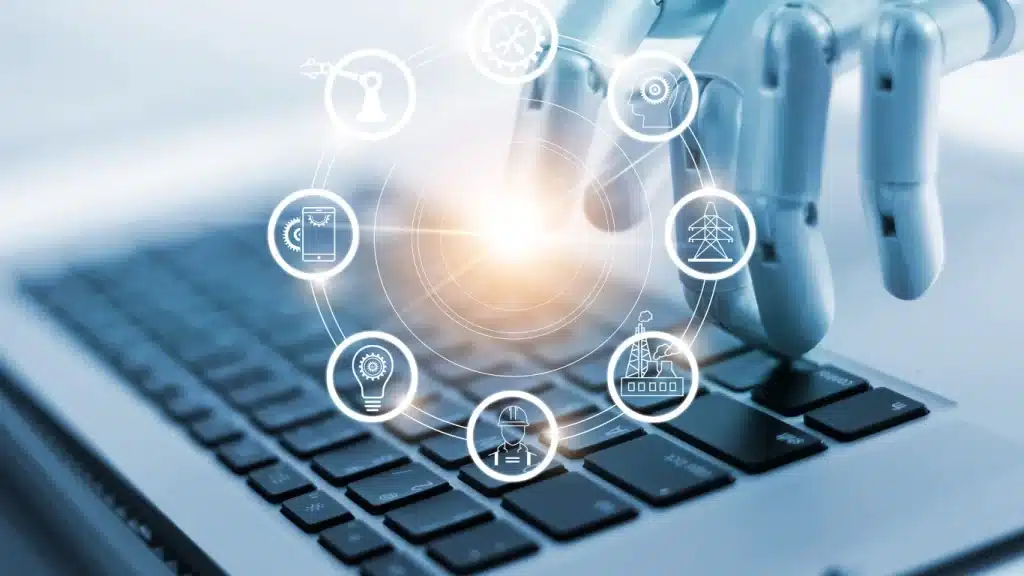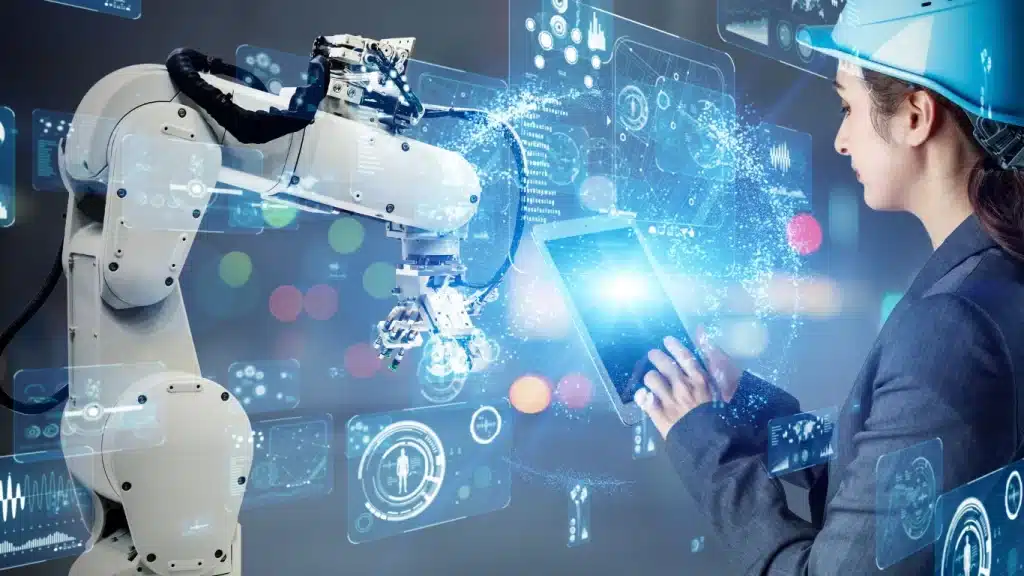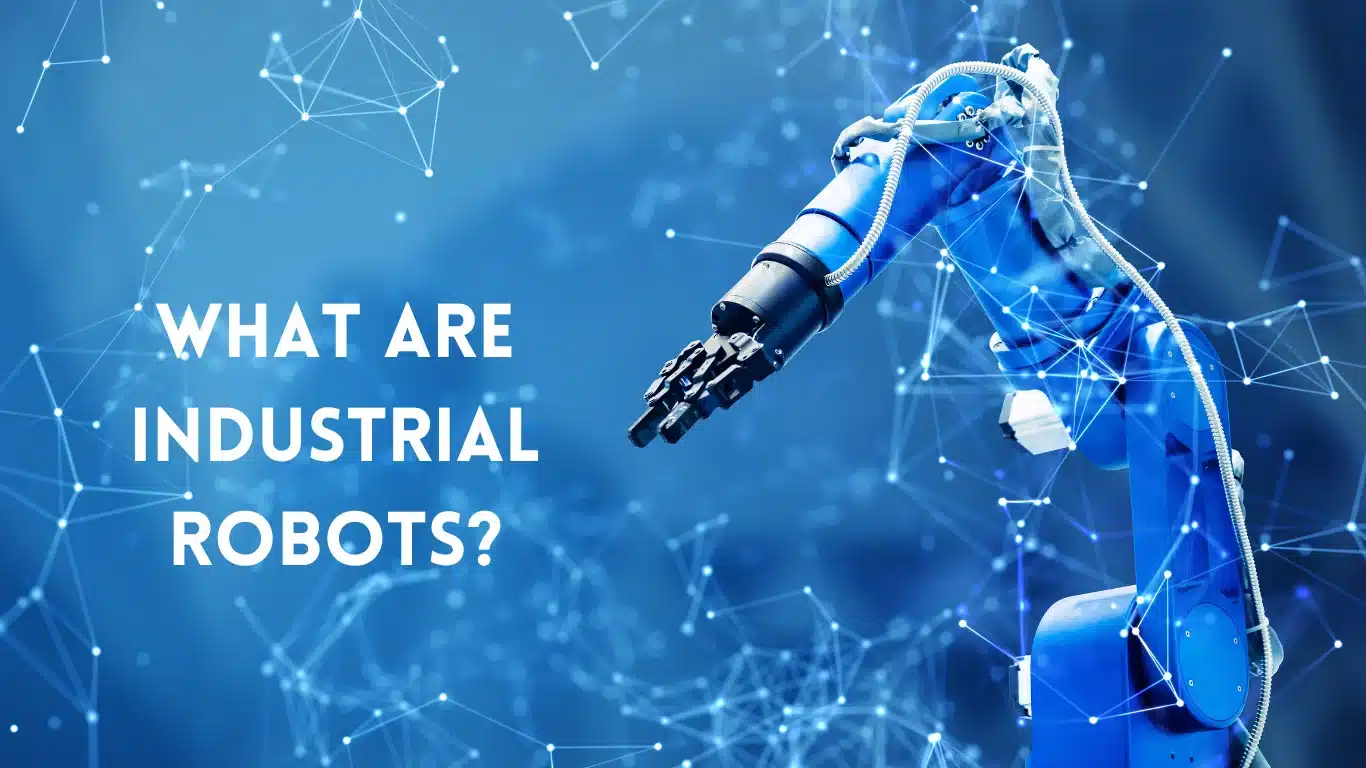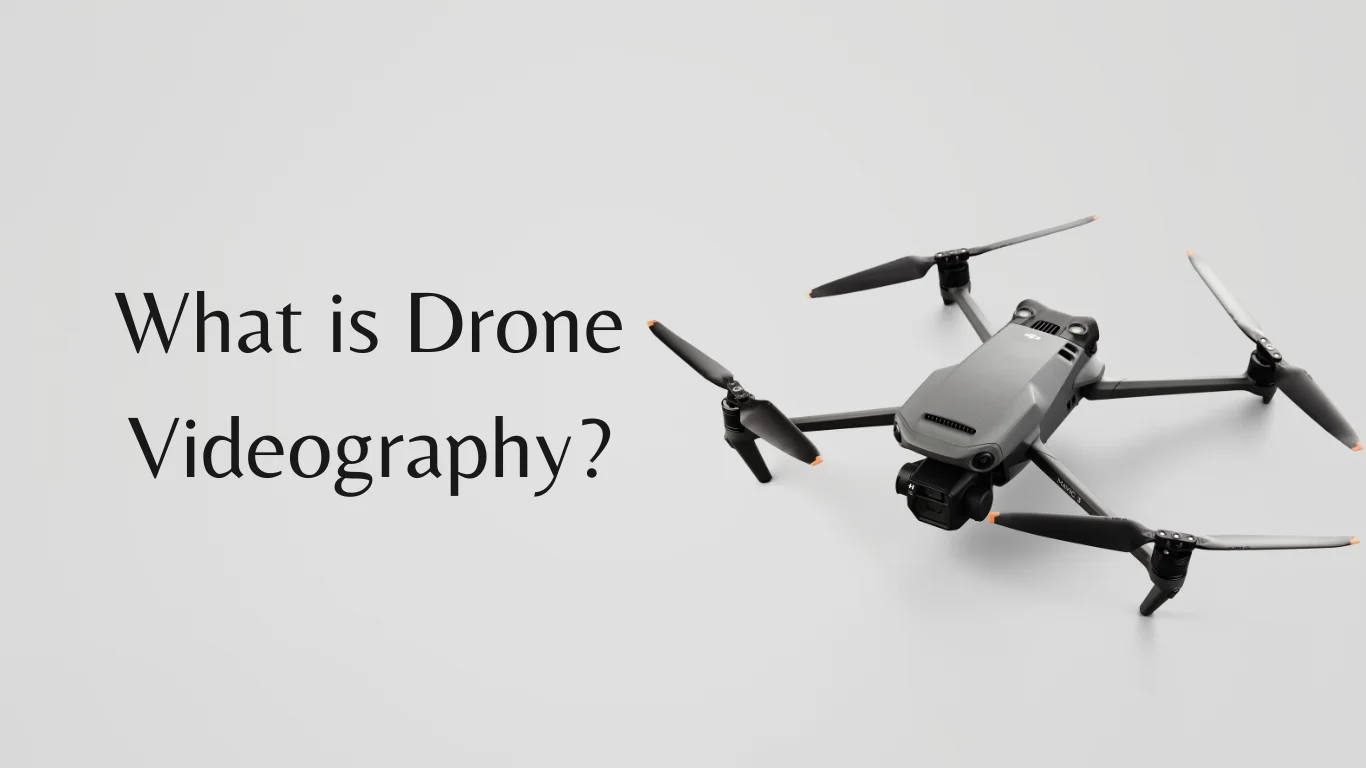To truly appreciate the significance of industrial robots in today’s industrial landscape, it’s essential to understand their evolution and the pivotal role they play in streamlining production. Industrial robots are a product of decades of technological advancement and innovation, shaping the way we approach manufacturing. From their slow beginnings to their current state-of-the-art capabilities, industrial robots have come a long way in revolutionising the manufacturing industry.
The History and Evolution of Industrial Robotics
The roots of industrial robotics can be traced back to the early 20th century, with the development of automated machines for industrial applications. However, it was not until the mid-20th century that the modern concept of industrial robots began to take shape. The first industrial robot, Unimate, was introduced in 1961 and marked a significant milestone in the history of automation. Since then, industrial robotics has undergone a remarkable evolution, with advancements in technology leading to the development of more sophisticated and versatile robotic systems.
Industrial robots have come a long way from their early iterations, which were originally used for simple, repetitive tasks. Today, they are equipped with advanced sensors, actuators, and intelligent control systems, enabling them to perform a wide range of complex operations with precision and efficiency. The evolution of industrial robotics has been driven by a relentless pursuit of innovation, with each new generation of robots pushing the boundaries of what is possible in manufacturing.
Types of Industrial Robots

Industrial robots come in various forms, each tailored to specific manufacturing requirements. The most common types of industrial robots are articulated robots, Selective Compliance Assembly robots arms, delta robots, Cartesian robots, and lastly, collaborative robots.
- Articulated robots, with their multi-jointed arms, offer exceptional flexibility and are widely used in assembly and material handling tasks.
- SCARA robots are adept at performing high-speed, precise operations, making them ideal for applications such as pick-and-place and soldering.
- Delta robots excel in tasks that demand speed and agility, such as packaging and sorting.
- Cartesian robots, known for their linear movements, are well-suited for tasks like 3D printing and CNC machining.
- Collaborative robots, or cobots, have gained popularity for their ability to work safely alongside human operators, enhancing productivity and flexibility on the factory floor.
How do industrial robots work? The Mechanism
The inner workings of industrial robots are a marvel of engineering, combining mechanical design, electronics, and sophisticated software to achieve seamless automation. At the core of every industrial robot is its mechanical structure, which determines its range of motion and payload capacity. The joints of an industrial robot’s arm are driven by precision actuators, such as electric motors or hydraulic cylinders, enabling it to perform intricate movements with precision.
The brains behind the operation of industrial robots lie in their control systems, which consist of sensors, processors, and software algorithms. These components work in harmony to interpret input signals, such as position feedback and environmental data, and generate the appropriate output commands to drive the robot’s movements. Advanced sensor technologies, including vision systems, force/torque sensors, and proximity sensors, enable industrial robots to perceive and interact with their surroundings, making them adaptable to dynamic manufacturing environments.
The programming of industrial robots is a critical aspect of their functionality, as it dictates how they execute tasks with precision and efficiency. Modern industrial robots can be programmed using a variety of methods, including teach pendant programming, offline programming, and even through intuitive graphical interfaces. This flexibility in programming allows manufacturers to tailor the operation of industrial robots to suit specific production requirements, making them highly versatile assets in the manufacturing ecosystem.
What do industrial robots do?
The versatility and precision of industrial robots make them indispensable across a broad spectrum of manufacturing applications. From automotive assembly lines to electronics production facilities, industrial robots perform tasks such as welding, painting, pick-and-place operations, inspection, packaging, and palletising. In the automotive industry, industrial robots play a pivotal role in assembling complex components with speed and accuracy; this contributes to the efficiency and quality of vehicle manufacturing. In the electronics sector, robots do intricate tasks like soldering and precision assembly, where dexterity and repeatability are invaluable. Beyond traditional manufacturing, industrial robots have found applications in emerging fields such as pharmaceuticals, food processing, and even healthcare, where they assist in tasks like dispensing medications and performing minimally invasive surgeries.
The impact of industrial robots extends beyond the factory floor, with their influence felt in industries as diverse as logistics, agriculture, and construction. In logistics and warehousing, robots are employed for material handling, order fulfilment, inventory management, streamlining operations and enhancing productivity. In agriculture, robots are used for planting, harvesting, and crop monitoring, ushering in a new era of precision farming. In construction, robots are leveraged for tasks like bricklaying and site surveying, transforming the way buildings and infrastructure are erected. The versatility of industrial robots in diverse applications underscores their significance in shaping the future of manufacturing and beyond.
Pros and Cons of Industrial Robots
The adoption of industrial robots in manufacturing brings a host of benefits, as well as challenges that need to be carefully navigated. On the positive side, industrial robots are renowned for their precision, repeatability, and speed, leading to improved product quality and higher production throughput. They also excel in performing tasks that are hazardous or ergonomically challenging for human workers, thereby enhancing workplace safety and reducing the risk of injuries. Moreover, industrial robots can operate continuously, leading to an increase in operational efficiency and cost savings over time. Their ability to work in concert with human operators, especially in the case of collaborative robots, facilitates a seamless integration of automation into existing manufacturing processes, fostering a harmonious human-robot workforce.
However, the integration of the industrial robot system also presents certain drawbacks that require careful consideration. The initial investment in acquiring and deploying industrial robots can be substantial, encompassing the costs of procurement, installation, programming, and training. Furthermore, the complexity of industrial robots necessitates a skilled workforce capable of maintaining, troubleshooting, and optimising their performance. The use of robots in the manufacturing environment may also lead to workforce displacement, requiring proactive measures to retrain and reskill employees for roles that complement automation. Additionally, the need for robust safety protocols and risk assessments is paramount to ensure that industrial robots operate in a manner that safeguards both equipment and personnel.
The Future of Industrial Robots

As we look to the future, the trajectory of industrial robotics is poised further advancements and transformative impact on manufacturing. The combined use of AI, machine learning, and the Internet of Things (IoT) is driving the development smarter, more adaptable industrial robots. These next-generation robots will possess enhanced cognitive abilities, enabling them to make real-time decisions, adapt to changing production demands, and collaborate seamlessly with human workers. The integration of advanced vision systems and sensory feedback will imbue industrial robots with heightened perception and dexterity, allowing them to undertake even more intricate tasks with precision.
The future of industrial robots also holds promise in the realm of collaborative robotics, where robots and humans work in close proximity, leveraging each other’s strengths to achieve optimal productivity. The evolution of safety standards and the design of intuitive human-robot interfaces will facilitate the seamless integration of collaborative robots into diverse manufacturing environments. Furthermore, the proliferation of modular, reconfigurable robotic systems will empower manufacturers to rapidly adapt their production lines to accommodate changing product designs and market demands, fostering agility and customisation in manufacturing.
Impact of Industrial Robots on Manufacturing Processes
The impact of industrial robots on manufacturing processes is profound, reshaping the dynamics of production and ushering in a new era of efficiency and innovation. By automating repetitive and labour-intensive tasks, industrial robots enable manufacturers to achieve higher levels of precision, consistency, and productivity. This, in turn, translates to improved product quality, reduced cycle times, and enhanced operational efficiency. Industrial robots also play a pivotal role in boosting the competitiveness of manufacturing operations, empowering companies to deliver products with greater value and reliability in the global marketplace.
The influence of industrial robots extends beyond the shop floor, permeating the entire value chain of manufacturing. From streamlining supply chain logistics to enabling mass customisation, robots are instrumental in driving the evolution of modern manufacturing paradigms. The integration of robots into manufacturing processes fosters a culture of innovation as companies leverage automation to explore new frontiers in product design, process optimisation, and sustainable manufacturing practices. Furthermore, the deployment of robots in manufacturing augments the skill sets of the workforce, creating opportunities for employees to focus on higher-value tasks requiring creativity, problem-solving, and strategic decision-making.
FAQ
What is the industrial robots?
Industrial robots are automated machines designed to perform tasks traditionally carried out by humans. They are equipped with mechanical arms, sensors, and programming that enable them to execute a wide range of functions, from simple repetitive actions to complex, precision-based manoeuvres. These robots are not only capable of lifting heavy loads and working in hazardous environments but also of maintaining a high level of accuracy and consistency, making them indispensable in modern manufacturing processes.
What is the most popular industrial robot?
When it comes to industrial robots, the articulated robot stands out as one of the most popular and widely used types. This robot’s design, with its interconnected rotary joints, allows for optimal flexibility and precision in executing a diverse range of manufacturing tasks. From assembly and pick-and-place operations to welding and painting, the articulated robot’s versatility makes it a valuable asset in modern production lines.
Another highly sought-after industrial robot is the SCARA (Selective Compliance Assembly Robot Arm) robot. This type of robot is well-suited for applications that require fast and precise horizontal movements, such as assembly and packaging.
In addition to the articulated and SCARA robots, other popular industrial robots include the cartesian, cylindrical, and delta robots. Each of these robot types is designed to excel in specific tasks and environments, catering to the diverse needs of modern manufacturing facilities.
What are the 5 points of industrial robot?

Automation: Industrial robots are at the forefront of automation, enabling the seamless execution of repetitive and labour-intensive tasks. By automating processes such as assembly, welding, and material handling, these robots free up human workers to focus on complex and more detailed activities, ultimately enhancing productivity and efficiency in manufacturing operations.
Precision and Accuracy: Industrial robots are engineered to deliver precise and accurate performance, ensuring consistent quality in production outputs. Their ability to follow programmed instructions with a high level of accuracy makes them indispensable for tasks that demand meticulous attention to detail, such as painting, soldering, and inspection.
Versatility: The flexibility of industrial robots allows them to adapt to a range of manufacturing requirements. Whether it’s handling different product sizes and shapes, operating in varied environments, or executing diverse tasks, these robots can be programmed and configured to meet specific production needs, making them invaluable assets for agile and adaptive manufacturing processes.
Safety: Industrial robots are designed with safety in mind, incorporating features such as sensors, protective barriers, and emergency stop systems to ensure a secure working environment. By taking on hazardous or strenuous tasks, these robots help mitigate risks to human workers and contribute to improved workplace safety standards.
Integration with Industry 4.0: Industrial robots play a pivotal role in the advancement of Industry 4.0, the era of interconnected, smart manufacturing.
How much do industrial robots cost?
The cost of industrial robots can vary widely depending on factors such as their type, size, application, and level of automation. Generally, the price of an industrial robot can begin from tens of thousands to hundreds of thousands of pounds, with some high-end, specialized models commanding even higher prices.
Conclusion
In conclusion, industrial robots stand as a testament to the ingenuity and innovation that define modern manufacturing. From their humble origins to their pervasive presence in diverse industries, industrial robots have redefined the possibilities of automation and continue to drive the evolution of manufacturing processes. As we navigate the complexities of integrating robots into the fabric of manufacturing, it is imperative to recognise their potential to elevate productivity, enhance safety, and catalyse new avenues of growth. With the relentless march of technological progress, industrial robots will shape the future of manufacturing in ways that are both awe-inspiring and transformative.





